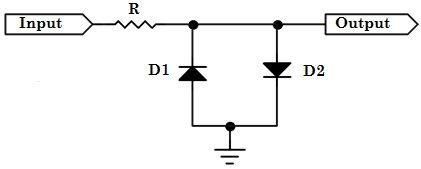Hi,
i am currently testing a small buffer for the input to connect a guitar directly to the Axoloti. This way the high impedance from the guitar is converted to a low impedance output. The buffer is power by the 5v output, and is based around a OPA2134 (singe supply rail +5v). The current draw is around 8-10 ma so that's all good.
Now onto my question: Because of the high transients of a guitar, and the way various guitar pedal work, the output voltage (AC) can vary quite a bit. Th ADC input is run at 3.3v, and i cannot seem to find if there is build in overvoltage protection, or that i should add this myself. And if i need to add this myself, what is the bast way of doing this, connections and component wise.
Best regards,
Kriz


